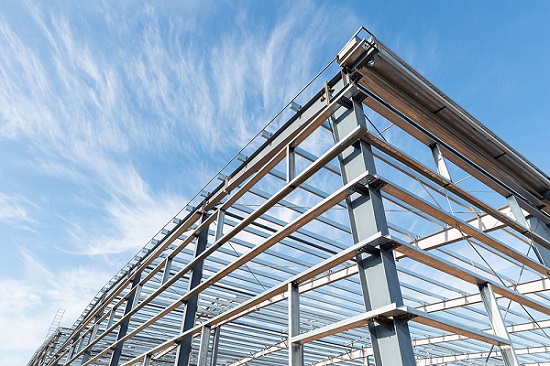The steel frame has been used in Australia’s homes and buildings in the last fifty years or more. Due to its modern look during construction, people assume it is a relatively new concept. Yet, this method and the material itself have been used in many applications in construction.

Presently, builders, architects, and developers prefer steel frame construction because of its many advantages. The primary advantage of this method of construction is its speed and efficiency. Another benefit that stands out is that it uses a genuinely sustainable material. Find out below why this construction method is best for your next project and the environment.
Steel as a sustainable building material
Environmental experts say the most sustainable material or product is a long-lasting one. Steel falls perfectly in this category. It is sustainable in such a way that once it is manufactured, it lasts for a lifetime. Furthermore, steel is never wasted if there will be a time that it needs to be inevitably removed. It is recyclable at every end of its apparent use without degrading its properties. Steel is 100% recyclable and is the most recycled material in the world!
Excess steel is gathered from magnetic extraction, energy from waste (EFW) plants, bring schemes, and more. Afterward, they are melted in a furnace at a very high temperature. They are turned into sheets, blocks, or ingots that metal product manufacturers then buy.
Recycling steel, especially large amounts from construction, contributes to achieving a global circular economy. It is considered a closed-loop material since it can be re-manufactured into automobiles, sculptures, furniture, appliances, and packaging. Of course, it can be formed back to construction material again.
Steel is a safe material
From manufacturing to disposal, steel produces least to zero harmful tendencies. It forms a protective chromium layer that protects it from corrosion and subsequently ensures it is long-lasting. Steel is intrinsically non-hazardous. When correctly employed, it is non-reactive; that’s why there is a limited impact on people who handle them and the environment. Its resistive properties also make them widely used in food processing equipment, medical appliances, and even household appliances.
Steel is a non-combustible material that will not spread flames or smoke. Unless subjected to extreme temperatures for recycling, they are generally resistant to fire. If your building is in a high-BAL area, steel frame construction can help you with building compliance.
Steel frames make energy-efficient homes
Steel frames are durable and make solid foundations for homes. They are more cost-efficient during construction and are maintenance-free when assembled. They are also termite-resistant and will not suffer damage that timber-framed houses experience. The steel inspection process ensures the quality, durability, and power of the material used in construction. The process includes structural steel inspection, and inspection of its components of machinery and specialty products.
Aside from the advantages mentioned above, steel frames level up a home by making it energy-efficient. Steel members are prefabricated to precisely be assembled on site. There is minimal thermal bridging between the members that are otherwise solved through multiple layers of insulation. The steel frame method improves the tightness of the building envelope. Thus, they provide better thermal regulation than homes made out of timber or brick. Steel frame homes become warmer in winter and cooler in summer. You won’t need additional heating or cooling appliances and therefore make wise use of energy.
Many steel-framed homes meet environmental standards for buildings such as LEED and Energy Star. Its thermal contribution, intrinsic non-hazardous properties, and recyclability are components that make them a sustainable construction method.

